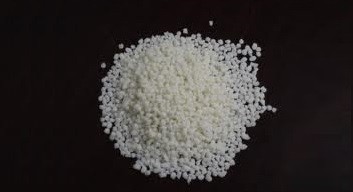Understanding your Problem: the need to check the presence and quantity of UV stabiliser additives (HALS) in ABS samples.
Providing your Solution: our laboratory worked in close collaboration with the client's production department to develop a fast and efficient method to determine the presence and percentage of an anti-UV additive (HALS) in ABS samples.
ABS – Acrylonitrile-butadiene-styrene – is an elastomeric copolymer suitable for a wide range of technological applications thanks to its exceptional combination of low cost, favourable production conditions and interesting properties.
ABS does, however, have a certain sensitivity to some atmospheric agents such as: UV radiation, oxygen, temperature and humidity.
Photodegradation of ABS can cause chemical modifications in the material which can lead tochanges in colour and drasticloss of its mechanical properties.
For this reason, some light stabilisers, such as HALS (Hindered Amine Light Stabilizers) and UVA (UV absorbers), are included in ABS formulations to increase the durability and stability of the polymer. In general, verifying this stabilisation is performed empirically, whereby stabilised ABS samples are exposed to atmospheric agents in a test run under accelerated (ageing) or natural conditions.
The goal of our work has been to develop a method able to determine the presence and percentage of anti-UV additives (low molecular weight HALS) in order to check the production process and correct mixing of the additive with the polymer base in the initial production phase of the material.
This method has enabled us to check the percentage of anti-UV additives in production batches, a quality control on the raw material which allows us to:
-Identify samples which do NOT CONFORM TO SPECIFICATIONS, are not stabilised or have insufficient amounts of stabiliser
- Highlight mixing problems with the additive
-Identify problems with the production process before they lead to product specifications not being met

